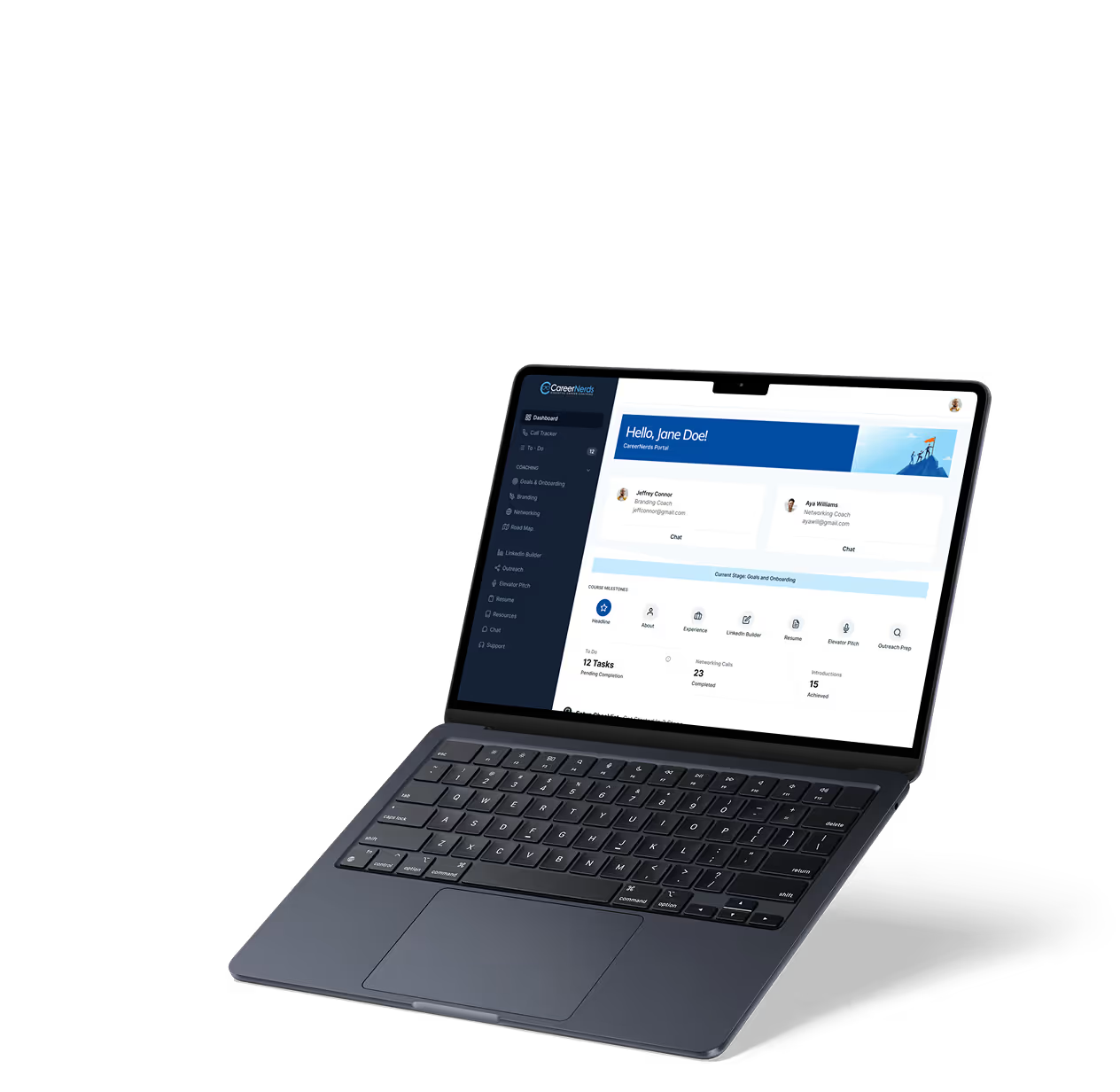Technical Feasibility in MVP
MVP
Explore how to assess technical feasibility in MVP development for successful product launches and efficient resource use.
Introduction to Technical Feasibility in MVP
When you start building a minimum viable product (MVP), understanding technical feasibility is key. It helps you know if your idea can be built with the technology, skills, and resources available. This saves time and money by avoiding impossible or overly complex solutions early on.
In this article, you will learn what technical feasibility means for MVPs, how to assess it, and why it matters. We will also explore practical examples and tools to help you make smart decisions during your product development journey.
Understanding Technical Feasibility
Technical feasibility means checking if your MVP idea can be built using current technology and within your team's capabilities. It answers questions like:
- Can the features be developed with available tools?
- Do you have the right skills or need to hire?
- Is the technology reliable and scalable?
- How long will development take?
Assessing these points early helps avoid surprises. For example, if you want to build a mobile app with real-time chat, you need to know if your team can implement that or if third-party services like Firebase or Pusher are needed.
Steps to Assess Technical Feasibility
To evaluate technical feasibility for your MVP, follow these steps:
- Define core features: List the must-have functions your MVP needs.
- Research technology options: Look at platforms, frameworks, and tools that can build these features.
- Evaluate team skills: Check if your developers know the required technologies or if training or hiring is needed.
- Prototype key components: Build simple versions of complex features to test if they work.
- Estimate time and cost: Calculate how long and how much it will take to build the MVP technically.
Using no-code or low-code platforms like bubble or Glide can speed up this process. They allow quick prototyping without deep coding knowledge.
Common Technical Challenges in MVP development
During MVP development, you might face technical challenges such as:
- Integration issues: Connecting different services or APIs can be tricky.
- Scalability limits: Early solutions might not handle many users well.
- Performance problems: Slow loading or lag can hurt user experience.
- Security concerns: Protecting user data is essential but sometimes overlooked.
For example, if you use Zapier to automate workflows, you must ensure it can handle your expected volume without delays. Planning for these challenges during feasibility assessment helps you choose better tools or adjust your MVP scope.
Tools and Platforms to Support Technical Feasibility
Several tools can help you test and build your MVP efficiently:
- bubble: A no-code platform for building web apps with complex logic.
- Glide: Create mobile apps from spreadsheets quickly.
- FlutterFlow: Low-code tool for building cross-platform apps with visual design.
- Make (Integromat): Automate workflows and connect apps without coding.
- Zapier: Easy automation between apps to save development time.
Using these platforms can reduce technical risks and speed up MVP delivery. They also allow you to test ideas before investing in full custom development.
Real-World Examples of Technical Feasibility in MVP
Consider a startup wanting to launch a food delivery app. They assess technical feasibility by:
- Choosing to build the MVP with FlutterFlow to create both iOS and Android apps fast.
- Using Stripe for payment processing instead of building a custom system.
- Integrating Google Maps API for location tracking.
- Testing a prototype with a small user group to check performance and usability.
This approach helped them launch quickly and validate their idea without heavy upfront costs.
Another example is a SaaS company using bubble to build a CRM MVP. They avoided complex backend coding by leveraging bubble’s database and workflows, allowing them to focus on user experience and feedback.
Why Technical Feasibility Matters for MVP Success
Technical feasibility is crucial because it:
- Prevents wasted effort on impossible features.
- Helps set realistic timelines and budgets.
- Ensures your MVP can be built and improved over time.
- Supports better decision-making about technology choices.
Without this assessment, you risk delays, overspending, or launching a product that fails to meet user needs due to technical flaws.
Conclusion
Understanding technical feasibility is a vital step when building an MVP. It helps you confirm that your product idea can be developed with the resources and technology you have. This reduces risks and guides your development process.
By following clear steps, using the right tools, and learning from real examples, you can create an MVP that works well and meets your users’ needs. Always remember, technical feasibility is about making smart choices early to build a strong foundation for your product’s future.
FAQs
What does technical feasibility mean in MVP development?
How can no-code tools help assess technical feasibility?
What are common technical challenges when building an MVP?
Why is technical feasibility important for MVP success?
What steps should I take to assess technical feasibility?
Can you give an example of technical feasibility in a real MVP?
Related Terms
See our numbers
315+
entrepreneurs and businesses trust LowCode Agency
Investing in custom business software pays off
he team at LowCode Agency didn't just build an app, they transformed how we approach client management. They took the time to understand our methodology and created a solution that enhanced rather than replaced what made us successful.
75%
reduction in time spent on client management through automation
40%
increase in coach productivity within the first month

Tom Kent
,
Founder & CEO
Career Nerds



%20(Custom).avif)